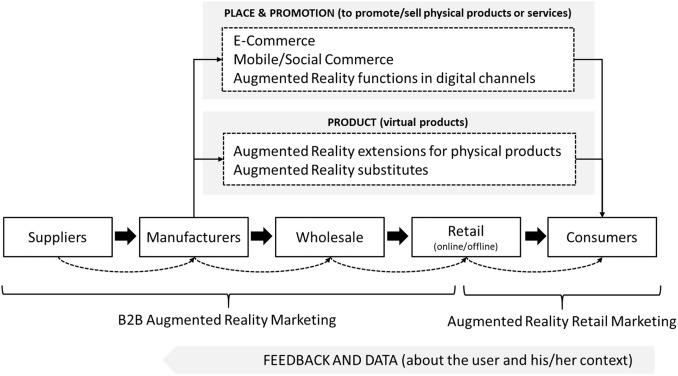How to Measure the Impact of Bite-Sized Learning: Proven Strategies for Real Results
Bite-sized learning—also known as microlearning—has transformed the way organizations and individuals acquire new skills and knowledge. But while the benefits of short, focused content are widely discussed, many leaders struggle to accurately measure the impact of bite-sized learning initiatives.If you’re deploying microlearning, tracking its effectiveness is crucial for maximizing ROI and driving ongoing improvement. In this comprehensive guide, we’ll walk you through proven strategies, practical metrics, real-life case studies, and expert tips to ensure your bite-sized learning truly delivers results.
Why measuring Bite-Sized Learning Matters
Businesses, educational institutions, and trainers are increasingly choosing bite-sized learning for its efficiency, engagement, and accessibility.However, without proper measurement:
- It’s hard to justify training spend and resources
- You risk creating content that doesn’t move the needle on performance
- Opportunities for continuous improvement are missed
Ultimately, measuring the impact is the bridge between confident investment in microlearning and observable, real-world improvement.
Key Metrics for Measuring Bite-Sized Learning Effectiveness
To evaluate the impact of bite-sized learning,organizations should leverage a mix of quantitative and qualitative metrics. here’s what to track:
1. knowledge Retention Scores
- Pre- and Post-Assessments: Compare scores before and after microlearning modules to quantify immediate learning gains.
- Follow-up Quizzes: Conduct quizzes weeks/months later to measure long-term retention.
2. Learner Engagement Metrics
- Completion Rates: High completion rates suggest content is accessible and engaging.
- time-on-Task: Are learners spending the intended amount of time on each micro-module?
- Repeat Access: Are learners returning to revisit modules or share content?
3. Behavioral Changes & Request
- On-the-Job observations: Are new skills being used in daily work?
- Performance Metrics: Look for increases in sales, productivity, or other KPIs following content completion.
- Feedback from Managers: Are supervisors noticing skill improvements?
4. Learner Feedback & Satisfaction
- Gather qualitative insights via surveys and interviews
- Look for recurring themes in satisfaction, perceived value, and relevance
5. Return on Investment (ROI)
- Compare training costs with measurable outcomes (performance improvements, time saved, reduced errors, etc.)
Proven Strategies for Real Results in Microlearning Measurement
Adopting a strategic approach magnifies your measurement efforts. Here’s how to get actionable, real-world results:
Define Clear, Aligned Objectives
Before launching a bite-sized learning initiative, work with stakeholders to establish precise, measurable objectives. Are you trying to:
- Improve customer service satisfaction scores?
- Reduce product quality errors?
- Accelerate onboarding time for new hires?
Align all metrics and content design with these goals.
Leverage Data-Driven Learning platforms
Modern Learning Management Systems (LMS) provide robust analytics on engagement, performance, and retention. Choose tools that offer:
- Customizable reporting dashboards
- Automated assessments and surveys
- Integration with HR and business performance systems
Adopt a Continuous Improvement Mindset
- Gather feedback frequently and iterate on content
- Use A/B testing to refine microlearning modules for effectiveness
- Regularly share results with stakeholders to maintain buy-in
Incorporate Social and Collaborative Elements
Bite-sized learning is most impactful when contextualized through discussion, peer sharing, or real-world application.Strategies include:
- encouraging discussion boards and social features in your LMS
- Facilitating post-training debriefs
- Promoting sharing of lessons learned in team meetings
Real-World Case Studies: Measuring Microlearning Success
Let’s examine two companies who successfully measured the impact of their bite-sized learning efforts:
Case Study 1: Retail Chain Boosts Product Knowledge
- Challenge: Low product add-on sales among associates
- Solution: Introduced weekly, 5-minute microlearning modules on top-selling accessories
-
Impact:
- Post-module quizzes showed a 35% improvement in knowledge scores
- Add-on sales rose by 18% over the next quarter
- Team feedback was overwhelmingly positive, citing “easy to fit into busy shifts”
Case Study 2: Financial Services—Compliance Training Revamp
- Challenge: Customary annual compliance e-learning had low completion and retention rates
- Solution: Deployed monthly microlearning “compliance bytes” with scenario-based questions
-
impact:
- Completion rate climbed from 62% to 97%
- Follow-up audits indicated a 40% reduction in non-compliance incidents
- Employees reported greater confidence in handling compliance situations
Benefits of Measuring Bite-Sized learning Impact
- Targeted Improvement: Pinpoint what works and quickly update what doesn’t.
- Enhanced Engagement: Responsive content adapts to learner needs.
- Greater Organizational Support: data-driven insights drive executive buy-in and further investment.
- Proven ROI: demonstrate the value of microlearning for budgeting and scaling programs.
Practical Tips for getting Started
-
Start Small:
Begin with a single business goal and a focused microlearning pilot. Evaluate and scale from success.
-
Communicate the “Why”:
Inform learners and stakeholders about the measurement process and its benefits for them.
-
Incorporate Reflection:
Encourage learners to share how they’ve applied knowledge from microlearning.
-
Review and Repeat:
Embrace ongoing measurement cycles to ensure continuous improvement.
First-Hand Experience: What Works Best
After implementing bite-sized learning across several industries, some best practices stand out:
- Short but purposeful modules (3–7 minutes) yield higher retention and engagement.
- Interactive formats—like scenario-based quizzes or short challenges—increase real-world application.
- Personalization (role-relevant examples and adaptive pathways) drives deeper learning impact.
- Open feedback loops ensure content remains accurate, timely, and valuable to learners.
Conclusion: Achieve Real Results with Smart bite-Sized learning Measurement
Bite-sized learning holds immense promise for modern learners—but its true value shines through onyl with careful,consistent measurement. By leveraging the right metrics, aligning learning goals with business outcomes, and cultivating a culture of data-driven improvement, you can unlock tangible performance gains, higher engagement, and a greater return on every training dollar.
Ready to level up your microlearning impact? Start small, keep measuring, and watch your learners (and your organization) grow.

